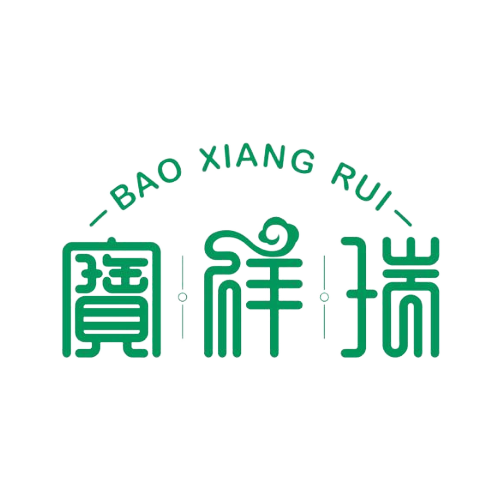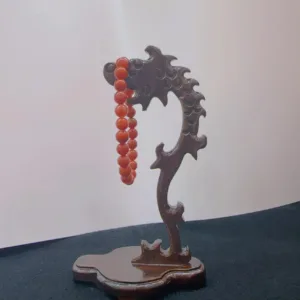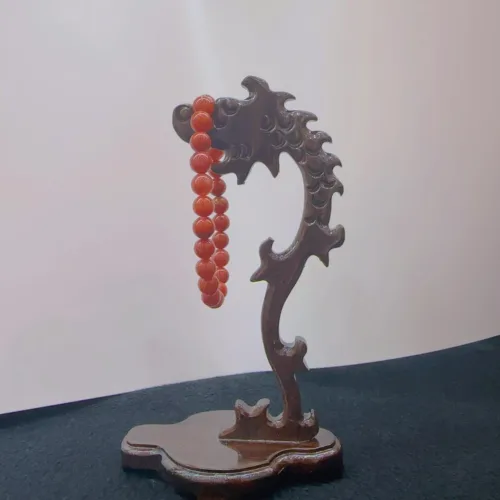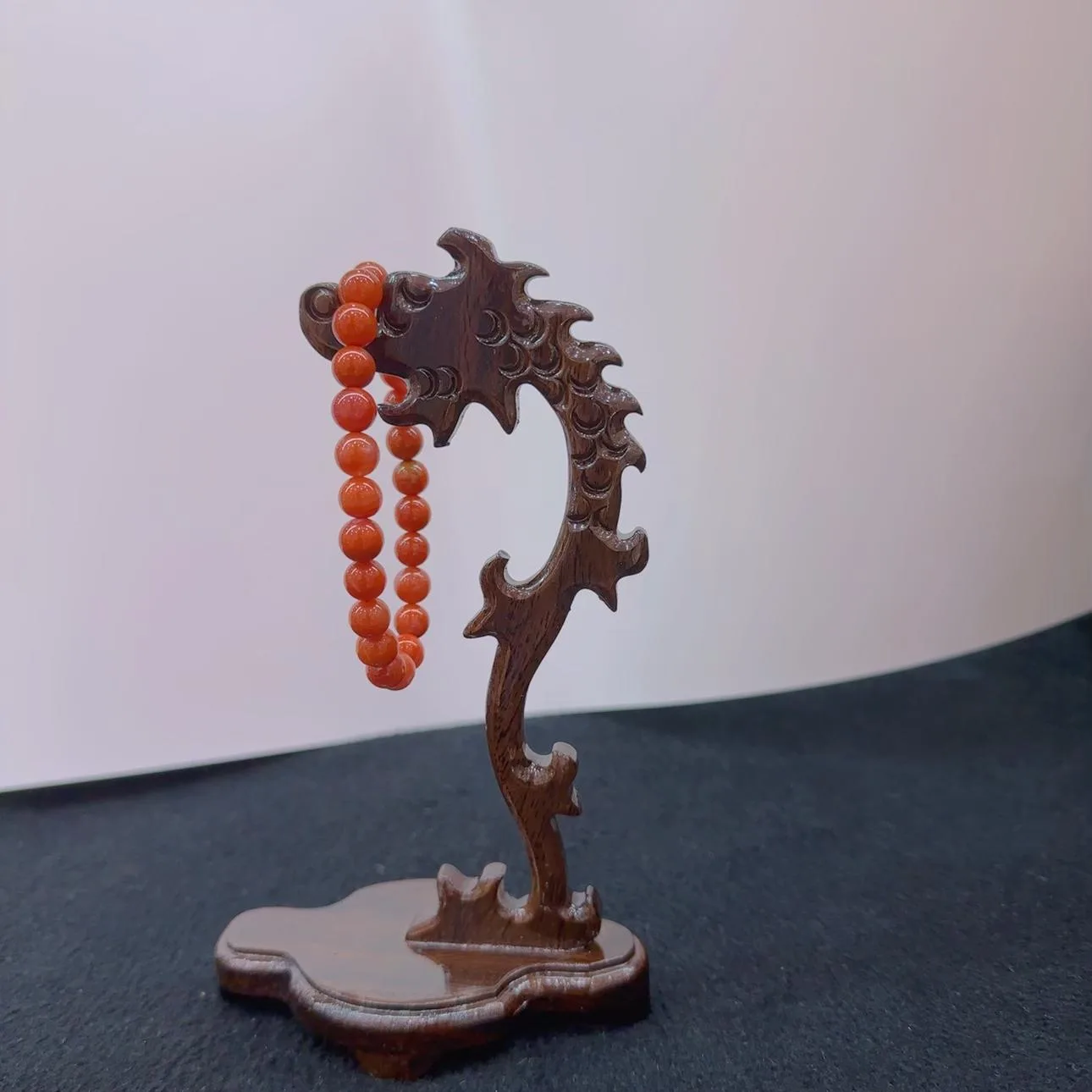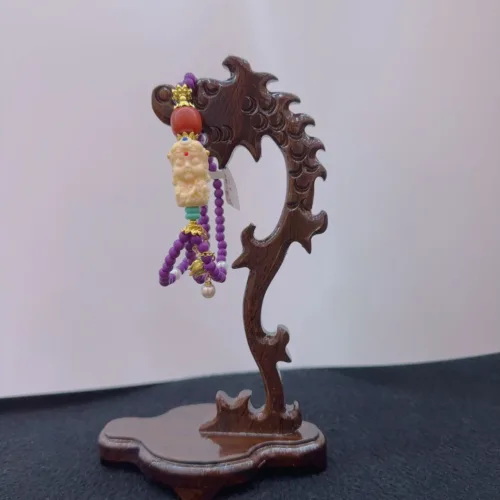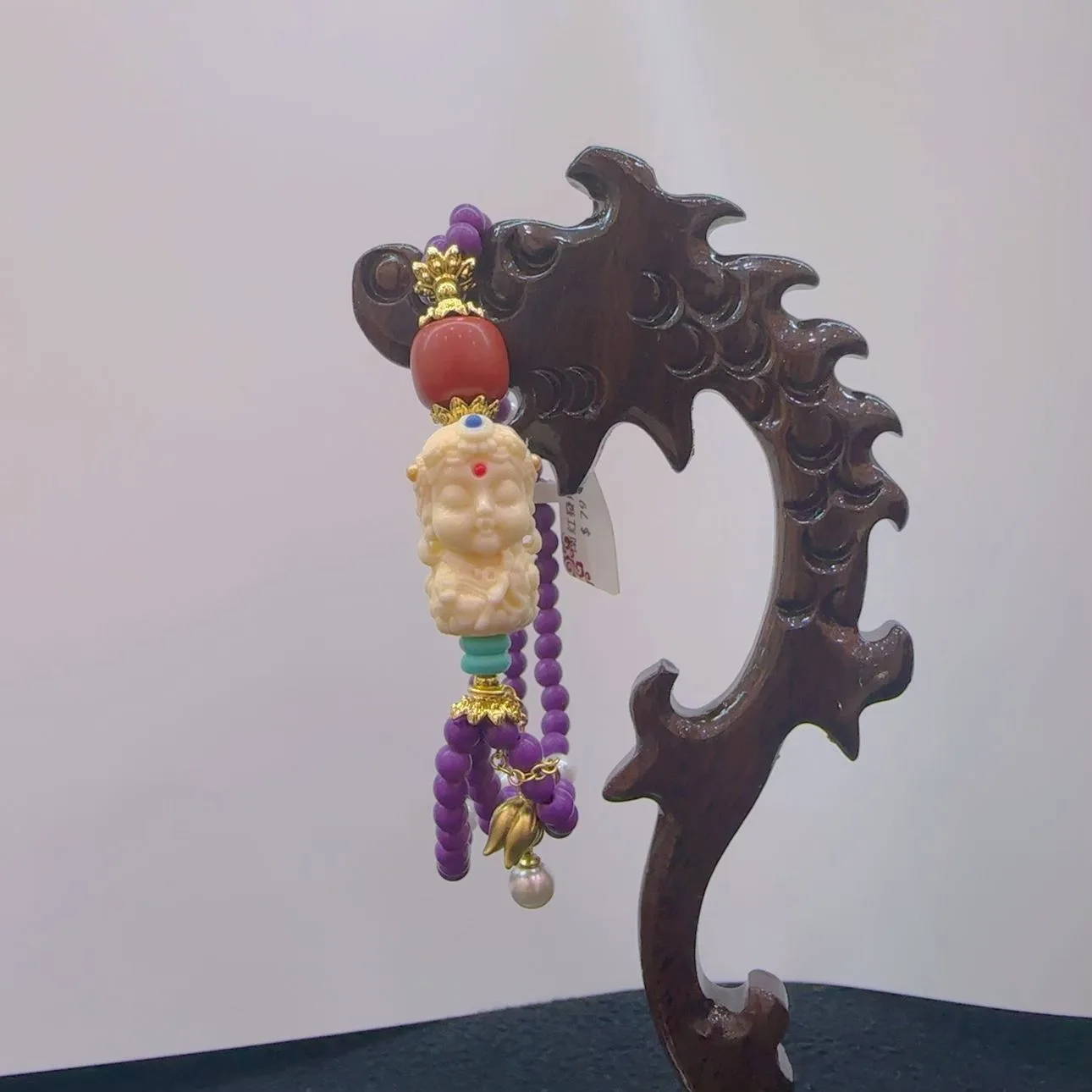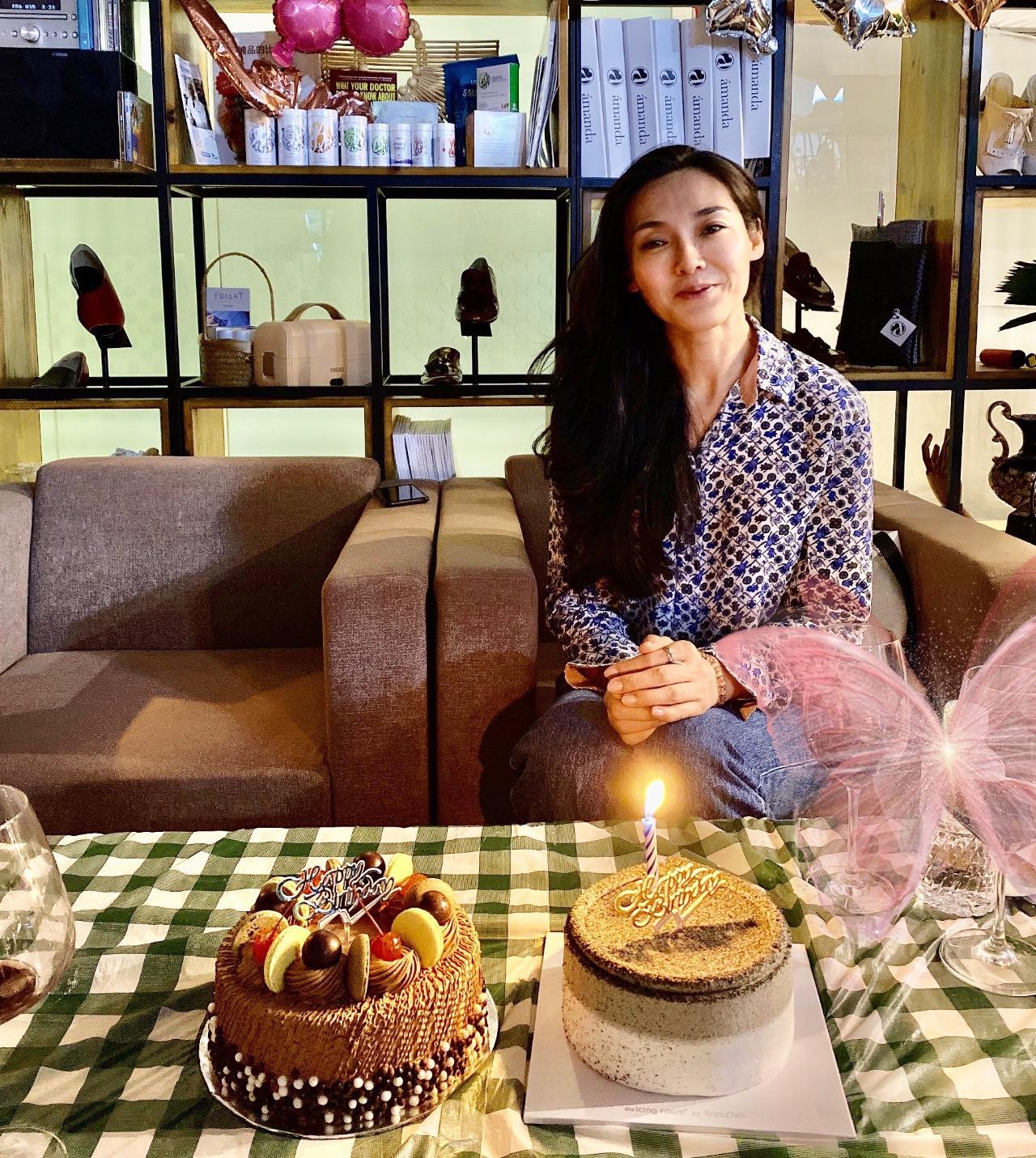-
Call Now +65 9127 0718
-
Any Questions baoxiangrui.sg@gmail.com
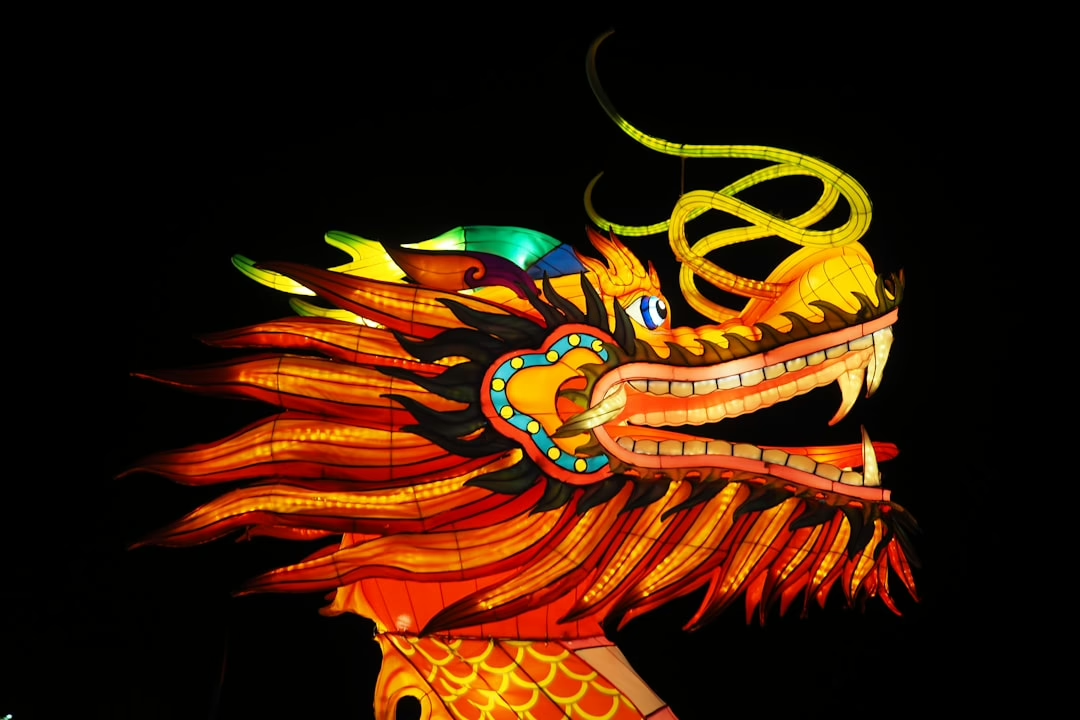
Discover the Beauty of Jade Sculpture in Singapore
The history of jade sculpture in Singapore is deeply intertwined with the broader narrative of Chinese immigration and cultural exchange in the region. The arrival of Chinese immigrants in the 19th century brought with it a rich tapestry of traditions, including the art of jade carving. Initially, jade was primarily imported from China, where it had been revered for thousands of years.
The early Chinese settlers in Singapore sought to preserve their cultural heritage, and jade became a significant medium through which they expressed their identity and values. As these artisans settled in Singapore, they began to adapt their techniques and styles to local tastes, leading to a unique evolution of jade sculpture that reflects both traditional Chinese artistry and the influences of Southeast Asian culture. By the mid-20th century, Singapore had established itself as a hub for jade trade and craftsmanship.
The establishment of various workshops and galleries dedicated to jade carving marked a significant turning point in the local art scene. Artisans began to experiment with different forms and styles, creating intricate sculptures that showcased not only the beauty of the stone but also the skill and creativity of the carvers. This period saw the emergence of a vibrant jade market, where collectors and enthusiasts could acquire exquisite pieces that ranged from traditional motifs to contemporary designs.
The growth of jade sculpture in Singapore is not merely an artistic phenomenon; it is also a reflection of the city-state’s multicultural identity and its role as a melting pot for various artistic traditions.
Key Takeaways
- Jade sculpture has a long history in Singapore, dating back to ancient times when it was used for ceremonial and decorative purposes.
- Jade holds great significance in Chinese culture, symbolizing purity, longevity, and prosperity, and is often associated with royalty and spirituality.
- Different types of jade sculptures can be found in Singapore, including figurines, jewelry, and decorative items, each with its own unique beauty and craftsmanship.
- Jade sculptures can be found in various places in Singapore, including specialty shops, art galleries, and cultural institutions, showcasing the country’s rich artistic heritage.
- Creating jade sculptures is a meticulous process that involves carving, polishing, and shaping the stone to bring out its natural beauty, requiring great skill and precision.
The Significance of Jade in Chinese Culture
Jade holds a place of profound significance in Chinese culture, often regarded as a symbol of purity, nobility, and moral integrity. The stone has been associated with various virtues, including wisdom, courage, and compassion. In ancient China, jade was not only valued for its aesthetic qualities but also for its spiritual attributes.
It was believed that jade could protect its wearer from harm and bring good fortune. This belief is deeply rooted in Chinese mythology, where jade is often linked to immortality and the divine. The stone’s association with the afterlife led to its use in burial artifacts, where it was thought to provide protection and guidance for the deceased in their journey to the afterlife.
Moreover, jade has played a crucial role in various rituals and ceremonies throughout Chinese history. It has been used in religious offerings, ancestral worship, and even as a medium for artistic expression. The intricate carvings found on jade pieces often depict scenes from mythology or nature, serving as a bridge between the earthly realm and the spiritual world.
In contemporary society, jade continues to be cherished not only as a decorative item but also as a symbol of cultural heritage and familial bonds. The act of gifting jade is often seen as a gesture of goodwill and affection, reinforcing its status as a cherished element within Chinese culture.
The Different Types of Jade Sculptures in Singapore
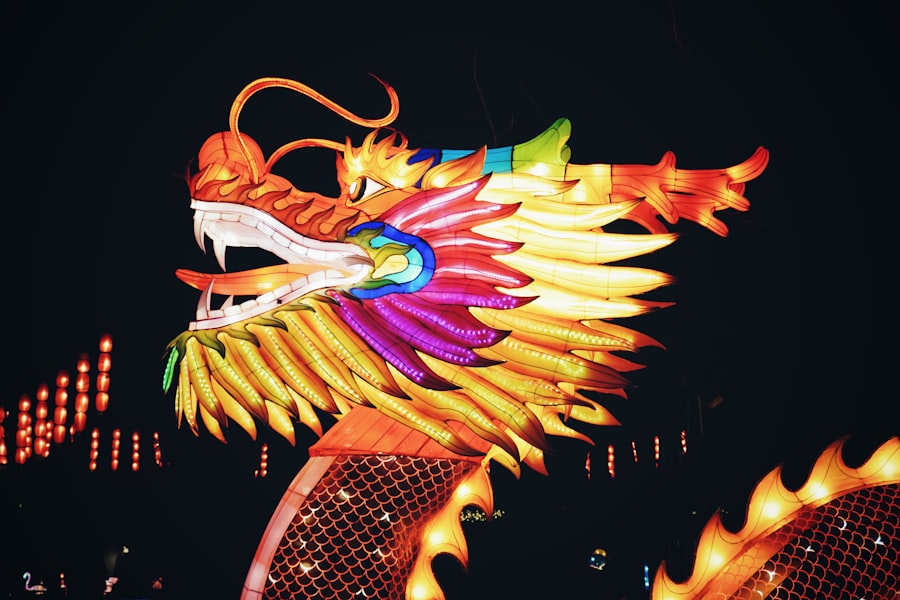
In Singapore, jade sculptures come in various forms, each reflecting distinct artistic styles and cultural influences. One of the most common types is the traditional figurative sculpture, which often depicts deities, animals, or mythical creatures. These sculptures are meticulously carved from high-quality jadeite or nephrite, showcasing the artisan’s skill in bringing out the stone’s natural beauty.
For instance, sculptures of the Laughing Buddha are particularly popular among collectors, symbolizing happiness and prosperity. These pieces often feature intricate details that highlight the craftsmanship involved in their creation. Another notable category is abstract jade sculptures that emphasize form and texture over representational accuracy.
These contemporary pieces often challenge traditional notions of jade carving by exploring modern themes and aesthetics. Artists may use unconventional shapes or combine jade with other materials to create striking contrasts. This evolution reflects a broader trend within Singapore’s art scene, where traditional practices are reinterpreted through contemporary lenses.
Additionally, there are functional jade items such as jewelry and decorative objects that blend artistry with utility, further expanding the scope of jade sculpture in Singapore.
Where to Find Jade Sculptures in Singapore
| Location | Description |
|---|---|
| Chinatown | Many shops and galleries offer a variety of jade sculptures |
| Singapore Art Museum | Exhibits contemporary jade sculptures |
| Marina Bay Sands | Some luxury boutiques offer jade sculptures |
Singapore boasts a variety of venues where enthusiasts can explore and purchase jade sculptures. One prominent location is Chinatown, which serves as a cultural hub for the Chinese community. Here, numerous shops specialize in jade artifacts, offering everything from small pendants to large sculptures.
These establishments often feature knowledgeable staff who can provide insights into the history and significance of each piece, enhancing the shopping experience for visitors. In addition to Chinatown, art galleries across Singapore showcase contemporary jade sculptures by local artists. Institutions such as the National Gallery Singapore frequently host exhibitions that highlight the intersection of traditional craftsmanship and modern artistic expression.
These exhibitions not only provide a platform for artists to display their work but also educate the public about the cultural significance of jade in Singaporean society. Furthermore, annual art fairs and cultural festivals often feature jade sculptures, allowing artists to reach a broader audience while celebrating this unique aspect of Singapore’s artistic heritage.
The Process of Creating Jade Sculptures
The creation of jade sculptures is an intricate process that requires both technical skill and artistic vision. Artisans typically begin by selecting high-quality jade stones, which can vary significantly in color and texture. The choice of stone is crucial, as it will influence the final appearance of the sculpture.
Once a suitable piece is selected, artisans use specialized tools to shape the stone. Unlike softer materials like wood or clay, jade requires diamond-tipped tools for cutting and polishing due to its hardness. The initial stages involve rough shaping, where artisans remove excess material to form the basic outline of the sculpture.
This stage demands precision and patience, as any miscalculation can lead to irreparable damage. After achieving the desired shape, artisans move on to finer detailing, where they carve intricate designs into the surface of the jade. This step often involves hours of meticulous work, as artisans strive to bring out the stone’s natural luster while ensuring that every detail is rendered accurately.
Finally, polishing is performed to enhance the sculpture’s shine and smoothness, resulting in a finished piece that reflects both the beauty of the jade and the skill of the artisan.
The Symbolism and Meanings Behind Jade Sculptures

Jade sculptures are imbued with rich symbolism that resonates deeply within Chinese culture. Each piece often carries specific meanings based on its design and form. For example, sculptures depicting dragons symbolize power and authority, while those featuring phoenixes represent rebirth and renewal.
These mythical creatures are not merely decorative; they embody cultural narratives that have been passed down through generations. Additionally, many jade sculptures incorporate auspicious symbols such as coins or bamboo shoots, which are believed to attract wealth and prosperity. The colors of jade also play a significant role in its symbolism.
Green jade is often associated with harmony and balance, while white jade signifies purity and moral integrity. The interplay between color and form adds layers of meaning to each sculpture, making them not just artistic expressions but also vessels of cultural significance. In this way, jade sculptures serve as tangible representations of values and beliefs that are central to Chinese identity.
The Cultural and Artistic Influence of Jade Sculptures in Singapore
Jade sculptures have significantly influenced both cultural practices and artistic expressions within Singaporean society. As a reflection of Chinese heritage, these sculptures play an essential role in various cultural celebrations such as Lunar New Year and weddings. During these events, jade is often gifted as a token of good fortune or used as part of ceremonial rituals.
This practice reinforces communal bonds while preserving traditional customs that have been integral to Singapore’s multicultural landscape. Artistically, jade sculptures have inspired local artists to explore themes related to identity and heritage through their work. Many contemporary artists draw upon traditional techniques while infusing modern concepts into their creations.
This blending of old and new not only revitalizes interest in jade carving but also encourages dialogue about cultural continuity in an increasingly globalized world. As artists experiment with form and materiality, they contribute to an evolving narrative that celebrates both tradition and innovation within Singapore’s art scene.
The Growing Popularity of Jade Sculptures in Singapore
In recent years, there has been a noticeable surge in interest surrounding jade sculptures among collectors and art enthusiasts in Singapore. This growing popularity can be attributed to several factors, including increased awareness of cultural heritage and a rising appreciation for craftsmanship. As more individuals seek meaningful connections to their roots, jade sculptures have emerged as cherished artifacts that embody both beauty and significance.
Moreover, social media platforms have played a pivotal role in promoting jade art by providing artists with avenues to showcase their work to a global audience. Online marketplaces have also made it easier for collectors to acquire unique pieces from local artisans without geographical constraints. This accessibility has fostered a vibrant community around jade sculpture appreciation, encouraging discussions about artistry while elevating local talent on an international stage.
As interest continues to grow, it is likely that jade sculptures will remain an enduring symbol of cultural pride within Singapore’s diverse artistic landscape.
If you are interested in learning more about Jade sculpture in Singapore, you may want to check out this article on Bao Xiang Rui. This article provides insights into the history and significance of Jade sculptures in Singapore, as well as the craftsmanship and techniques involved in creating these beautiful pieces of art. It is a fascinating read for anyone interested in the art of Jade sculpture and its cultural importance in Singapore.
